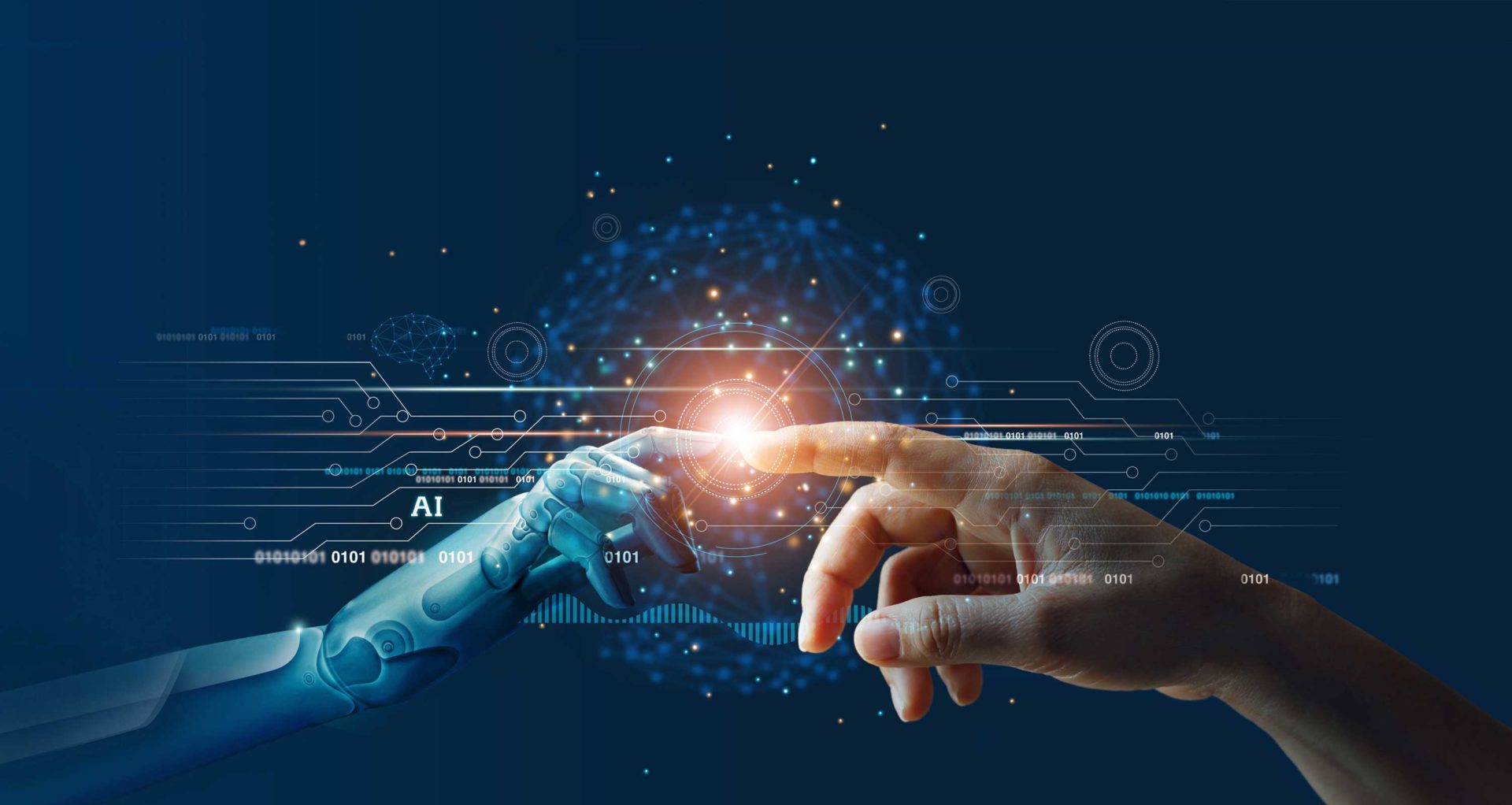Beyond Data: The Unfolding Role of AI and LLMs in Enterprise Solutions
In the innovative landscape of enterprise software, the dialogue surrounding data analytics, artificial intelligence (AI), and large language models (LLMs) has gained momentum. As leading figures in venture capital and technology share their insights, a new narrative emerges about how these technologies can revolutionize not only operational efficiencies but also the very fabric of human creativity and decision-making.
Exploring the convergence of AI and LLMs in enterprise solutions.
The Convergence of AI and Data Analytics
The influx of data presents businesses with both a challenge and an opportunity. Advanced AI-driven analytics tools have become essential, helping enterprises process vast datasets and derive valuable insights. The automation of routine data tasks through these AI solutions has not only optimized efficiency but has also liberated human talent for strategic decision-making roles.
Matt Carbonara, a thought leader in enterprise technology, emphasizes that the ability for AI to enhance the accuracy and efficacy of data analyses is paramount for data-driven strategies. Thus, AI is not just a supplementary tool; it becomes fundamental in shaping the future of business operations.
Large Language Models: A Game Changer
At the heart of the technological dialogue lies the significant impact of LLMs. These models, including the renowned GPT series, are transforming business interactions, making them more intuitive and automated. With robust natural language processing capabilities, LLMs revolutionize tasks ranging from document drafting to coding, streamlining operations and propelling productivity to new heights.
“LLMs have the potential to drastically improve efficiency and accuracy in various complex tasks.”
The rise of LLMs presents a unique opportunity for innovation across industries. Businesses can leverage these tools to not only automate processes but also enhance customer engagement through more personalized interactions, ultimately driving growth.
The integration of LLMs into enterprise software enhances user experience.
Innovation Meets Security
As companies embrace AI and LLMs, they also face escalating cybersecurity challenges. The digital landscape is increasingly complex, necessitating robust security measures that adapt to evolving threats. The integration of comprehensive security frameworks that account for both traditional IT systems and cloud-based solutions is vital.
The importance of advanced threat detection systems cannot be overstated; they serve as the first line of defense against potential breaches, highlighting the need for proactive cybersecurity strategies. Businesses are now required to not only shield their data but also innovate their security protocols as technology evolves.
The Future Landscape of Enterprise Technology
The ongoing evolution of enterprise IT is characterized by scalability, adaptability, and efficiency dictated by rapid technological advancements. Carbonara anticipates a future where AI, data analytics, LLMs, and effective cybersecurity measures intertwine seamlessly to optimize business operations. A landscape is foreseen where these technologies are not just integrated but also tailored to meet the unique demands of various sectors, enhancing performance while remaining cost-effective.
Anticipating a future reshaped by technology in business.
Cognitive Exegesis: What LLMs Bring to the Table
Beyond mere automation, LLMs also engage in a process that could be termed cognitive exegesis, where they interpret and generate contextually relevant responses akin to human scholars. This novel capability raises important questions about the role of AI in the interpretation of texts and data:
- How do LLMs navigate the layers of meaning in language?
- What implications does this have for collaborative human-technology relationships?
Cognitive exegesis illustrates that AI can perform sophisticated analyses, reflecting a nuanced understanding of language much like a human would in academic pursuits, which could lead to enhanced problem-solving capabilities and creative thinking in business environments.
In a world inundated with information, LLMs have the potential to simplify complexity through adaptable and timely interpretations, offering a valuable asset for businesses navigating the digital age.
The Harmonious Future of AI and Human Thought
The relationship between AI and human cognition is becoming increasingly intricate. LLMs demonstrate a unique adaptability to individual learning preferences, providing tailored responses that resonate with varied cognitive styles. This partnership between LLMs and human creativity allows for an exploration of new ideas and insights, enriching the decision-making paradigm in business.
As LLMs become more embedded in enterprise applications, they not only enhance efficiency but also serve as catalysts for innovation and exploration, fostering an environment where human intuition can thrive alongside artificial intelligence.
The collaborative journey of AI and human intellect.
Conclusion: A New Era of Enterprise Excellence
The conversation surrounding the integration of LLMs into enterprise software reflects a fundamental shift in how businesses operate. By continuously evolving alongside emerging technologies, companies can unlock unprecedented levels of productivity, creativity, and security. As we navigate through the digital landscape, the collaboration between human and artificial intelligence is poised to redefine operational excellence—transforming not just what businesses do, but how they think and innovate.
For those interested in delving deeper into the practical implications of these technologies, articles such as How To Use AI To Make You Faster And Better At Your Job and The Cognitive Disconnect Between Physicians and AI provide valuable insights into current trends and future possibilities.
Additional Resources
Through these explorations, we gain a clearer vision of the remarkable future that awaits at the intersection of enterprise technology and human ingenuity.


 Photo by
Photo by 










